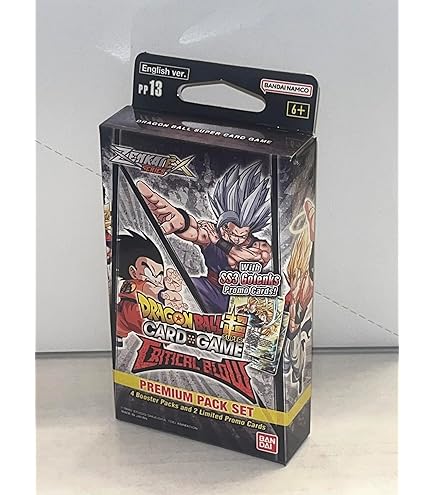Dragon Ball Super Card Game - Son Goku, Hope of the Universe

The air in the convention hall crackled, a low hum of anticipation weaving through the throngs. Another regional tournament loomed, and this time, I was running Saiyan decks. I was staring down a particularly nasty Cell Jr. swarm, feeling the familiar pressure build when I realized I was one card short. Then I saw it: a glint of foil peeking out from a vendor’s table. “Son Goku, Hope of the Universe.” Right on time.
This SR from Tournament of Power is more than just pretty cardboard; it’s a tactical linchpin. My initial assessment? The card’s effect – essentially a free energy boost during a critical moment – is devastating in the right hands. Its raw power allows a player to manipulate the board, swing the momentum, and force their opponent into defensive postures. This isn’t a niche card for specific decks; its utility is widespread. It’s a necessary evil, a trump card.
Here’s the thing: the card’s cost, at 6 energy, does pose a small hurdle. You’ll need to manage your energy carefully to deploy it at the optimal moment. The player needs to understand the energy economy, carefully calculating each play, and then, bam, Goku hits the board. This means efficient deck-building becomes absolutely crucial. Consider running support cards that provide early energy generation, like, say, the ubiquitous “Energy Boost” which helps ensure you can drop Goku when you really need to.
Compared to its older counterpart, the “Son Goku, the Awakened Power” from the very first set, this card is a dramatic upgrade. The Awakened Power card was solid, sure. However, its reliance on specific criteria for a power boost was a limiting factor. “Hope of the Universe” takes the card’s core identity and then refines it to become a more versatile tool that can fit into a wider range of strategies. It’s more than just a power spike, it’s a play enabler.
Another crucial thing: the artwork is chef’s kiss. Seriously, the card’s rendering on this Goku is fantastic, even if that’s just a bonus. Still, that helps. The visual representation is important too; it gets players invested.
The limitation? Well, its usefulness is highly dependent on what stage of the game you’re in. If drawn in the early game, it’s essentially a dead card. However, skilled players might play cards like “Whis, The Guide” to shuffle it away to make it more relevant later on.
So, who is this card for? If you’re a competitive Saiyan player looking to elevate their win percentage, this card is mandatory. If you’re still trying to define your build, get it, play it, and learn how it works. You won’t regret it. Buy this card. Trust me.